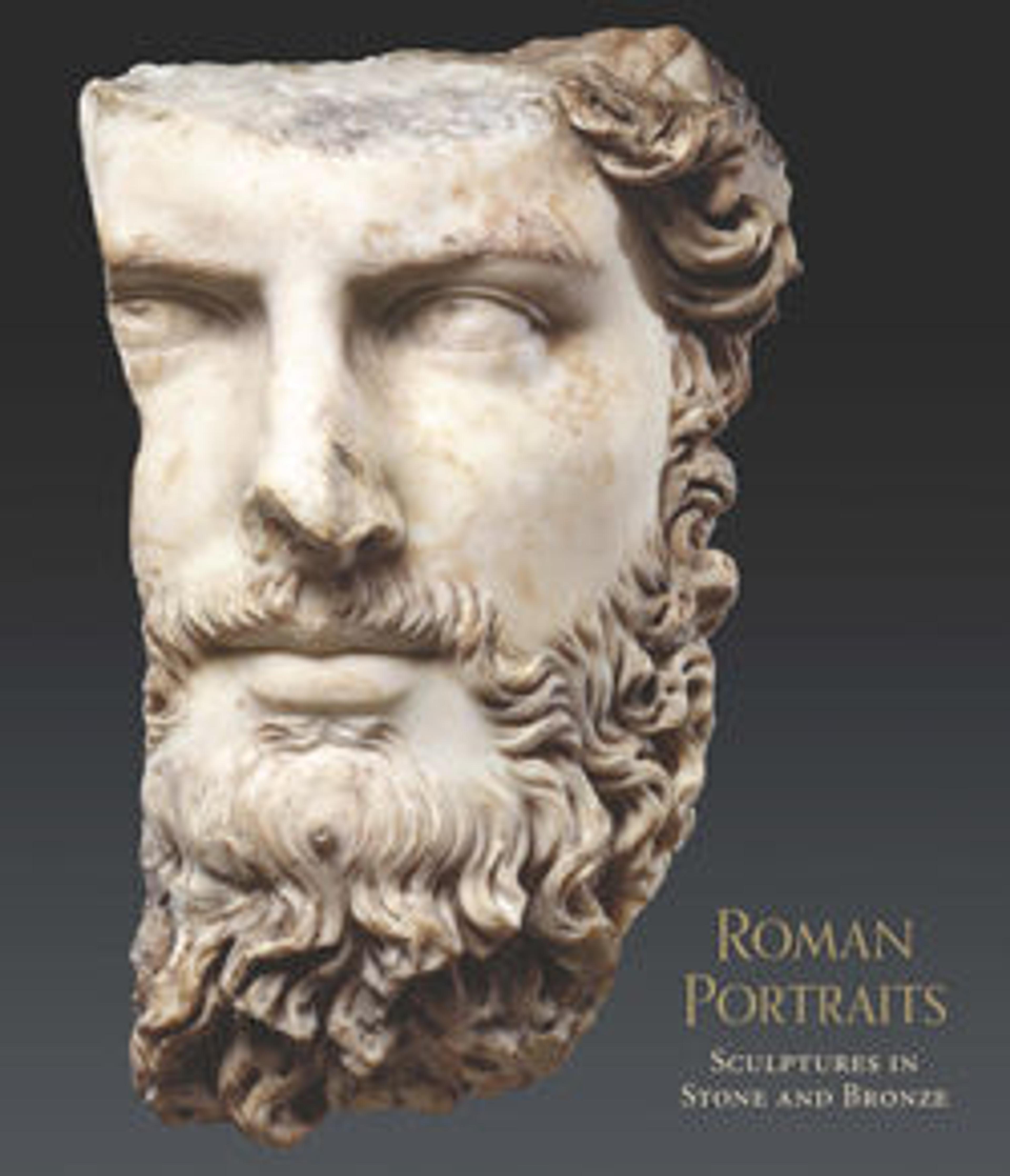Marble portrait head of the philosopher Chrysippos
Copy of a Greek statue of the late 3rd century B.C., probably by Euboulides
Chrysippos was one of the most important Stoic philosophers of the third century B.C. His writings helped establish Stoicism as a major philosophical movement. Stoicism held that human beings should be free from passion and calmly accept all occurrences as the unavoidable result of divine will. The term Stoic derives from the Greek word stoa, a type of colonnaded building in which the philosophers gathered.
It is clear from other copies of this type that Chrysippos was usually represented seated, as a fragile elderly man with his right hand outstretched as if in the midst of making a point. In a manner characteristic of most early Hellenistic art, the viewer would be drawn into the pictorial space and become, as it were, the philosopher's interlocutor. His winning intellect, eloquently conveyed in the features of this head, would have contrasted markedly with his frail old body, emphasizing that the power of the spirit triumphs over physical weakness.
Chrysippos was one of the most important Stoic philosophers of the third century B.C. His writings helped establish Stoicism as a major philosophical movement. Stoicism held that human beings should be free from passion and calmly accept all occurrences as the unavoidable result of divine will. The term Stoic derives from the Greek word stoa, a type of colonnaded building in which the philosophers gathered.
It is clear from other copies of this type that Chrysippos was usually represented seated, as a fragile elderly man with his right hand outstretched as if in the midst of making a point. In a manner characteristic of most early Hellenistic art, the viewer would be drawn into the pictorial space and become, as it were, the philosopher's interlocutor. His winning intellect, eloquently conveyed in the features of this head, would have contrasted markedly with his frail old body, emphasizing that the power of the spirit triumphs over physical weakness.
Artwork Details
- Title: Marble portrait head of the philosopher Chrysippos
- Period: Early Imperial
- Date: 1st century CE
- Culture: Roman
- Medium: Marble
- Dimensions: 5 1/2 in. (14 cm)
- Classification: Stone Sculpture
- Credit Line: Fletcher Fund, 1924
- Object Number: 24.243
- Curatorial Department: Greek and Roman Art
More Artwork
Research Resources
The Met provides unparalleled resources for research and welcomes an international community of students and scholars. The Met's Open Access API is where creators and researchers can connect to the The Met collection. Open Access data and public domain images are available for unrestricted commercial and noncommercial use without permission or fee.
To request images under copyright and other restrictions, please use this Image Request form.
Feedback
We continue to research and examine historical and cultural context for objects in The Met collection. If you have comments or questions about this object record, please complete and submit this form. The Museum looks forward to receiving your comments.
